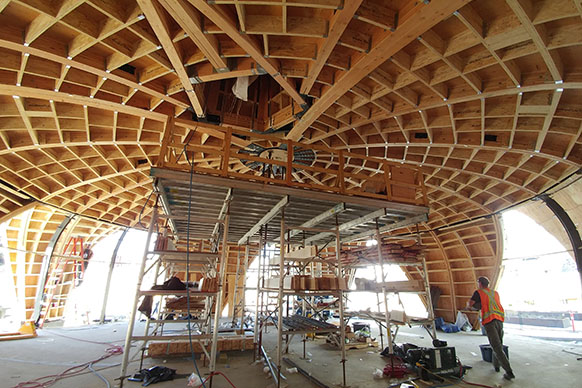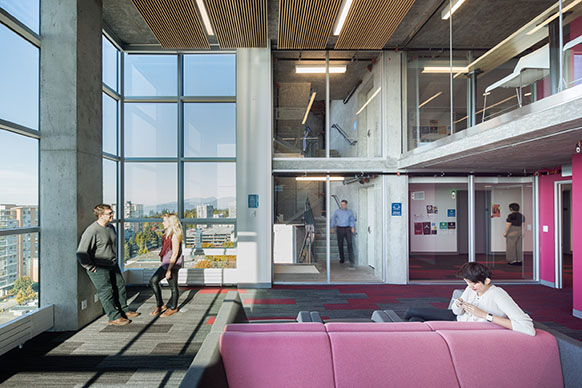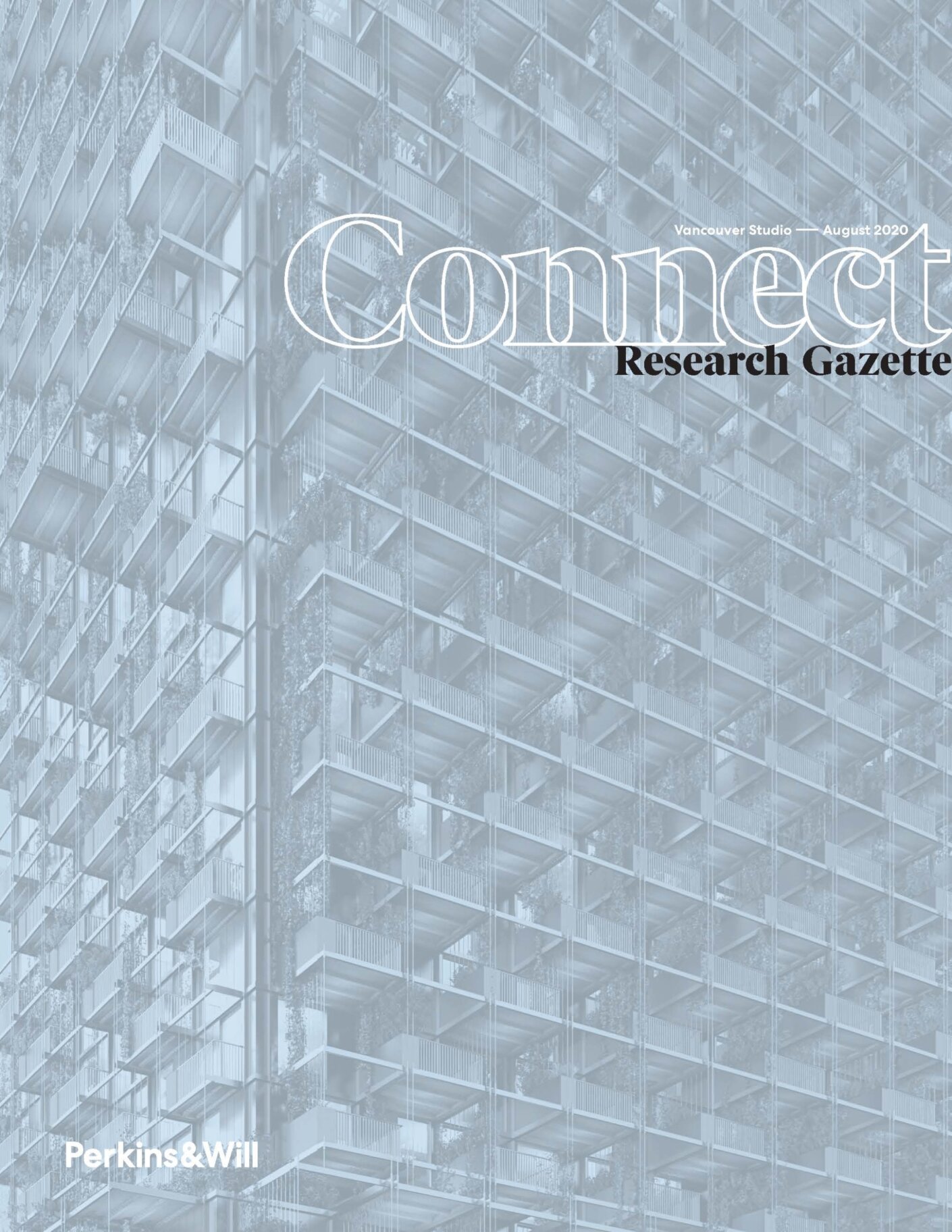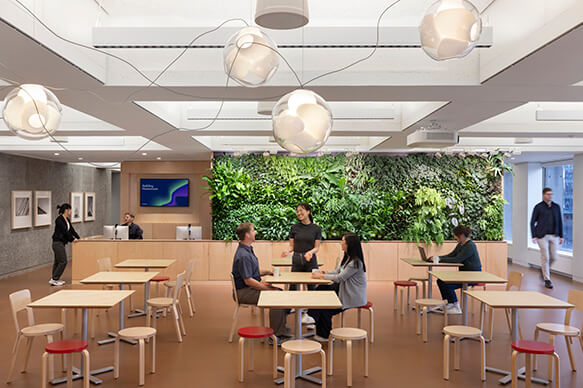If there’s one thing the year 2020 has shown us. it’s that the world changes—and fast. Our clients depend on us to respond and adapt to those changes just as quickly.
Our research practice keeps us one step ahead of industry, market, and even climate shifts. It allows us to innovate at every step of the design process so that our clients’ projects perform optimally—even when the world around them is in flux.
In the latest Research Gazette, “Connect,” we go behind the scenes of our Vancouver studio’s research lab to take a look at some of the latest design tools, technologies, and trends our clients care about:
Technology
- In what ways can we measure, simulate, and mitigate glare in buildings? Page 6
- Is it possible to increase daylighting in a large-scale building project while also reducing its energy consumption? Page 8
- How can we accurately predict and simulate the movement of crowds in public spaces to enhance and optimize design? Page 10
- What is the potential impact of the Internet of Things on design—and how can we use it to better understand human behavior in space? Page 20
Performance
- Why should we be measuring embodied and operational carbon in our projects—and how? Page 12
- Why is it so important to incorporate lifecycle assessments and environmental product declarations into the design process? Pages 14
- How can we design balconies in a way that reduces thermal bridging? Page 22
Well-Being
- In which ways do daylight, fresh air, and views influence behavior—and how can we use that data to encourage physical activity in the built environment? Page 18
- What’s in our building products and construction materials, and how does that affect human health and environmental performance? Page 32
- How do we measure social equity and affordability in design, and why does it matter? Page 34
Construction
- How can we be the best design partner for builders as the construction market turns to digital automation? Page 16
- How can prefabrication enhance and expand service on bus rapid transit systems in cities? Page 24
- Can prefab modular design help clients achieve low carbon and high performance goals? Page 26




